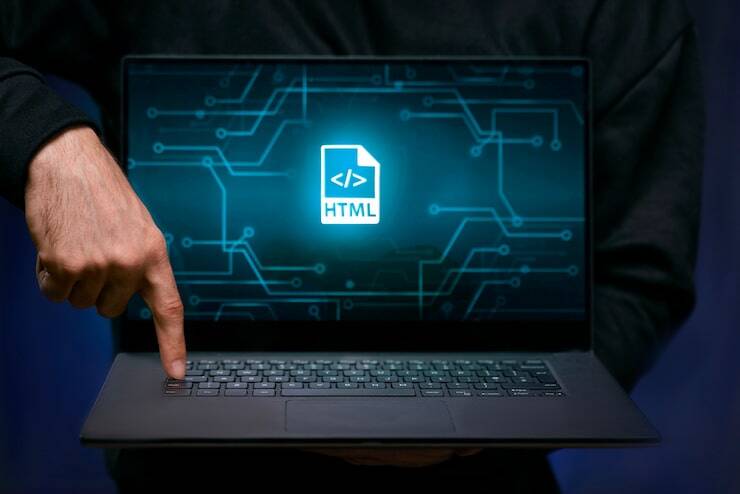
In today's fast-paced world, businesses need to be able to access their data and applications from anywhere in the world. Remote Desktop Services (RDS) provide a secure way for organizations to enable their employees to work remotely, increasing efficiency and productivity. Today, we will explore how to securely enable worldwide access using Remote Desktop Services, focusing on Windows Server Versions.
Introduction to Remote Desktop Services
Remote Desktop Services, a component of the Windows Server operating system, allows users to access remote desktops and applications from virtually anywhere. This technology enables employees to work from home, on the road, or in another country while still having access to the resources they need to get their work done.
Windows Server Versions for Remote Desktop Services
Windows Server comes in several versions, such as Windows Server 2016, Windows Server 2019, and the upcoming Windows Server 2022. Each version offers various features and enhancements to improve the overall remote desktop experience for users.
Setting Up Remote Desktop Services
To set up Remote Desktop Services, businesses need to install the necessary roles and features on their Windows Server. This includes Remote Desktop Gateway, Remote Desktop Connection Broker, Remote Desktop Session Host, and Remote Desktop Web Access. Once these components are in place, IT administrators can configure user permissions and policies to ensure security and compliance.
Securing Access to Remote Desktop Services
Security is a top priority when enabling worldwide access to Remote Desktop Services. Organizations can implement multi-factor authentication, Network Level Authentication (NLA), and encryption to protect sensitive data and prevent unauthorized access. Regularly updating and patching the Windows Server operating system is also crucial to keep security vulnerabilities at bay.
Best Practices for Remote Desktop Services
To ensure a seamless and secure remote desktop experience, businesses should follow best practices when using Remote Desktop Services. This includes limiting user access based on their roles and responsibilities, monitoring for suspicious activities, and conducting regular security audits. Training employees on the importance of cybersecurity and safe remote working practices can also help prevent security breaches.
Conclusion
In conclusion, Remote Desktop Services offer a convenient and secure way for businesses to enable worldwide access to their data and applications. By following best practices and implementing the latest security measures, organizations can ensure that their remote desktop infrastructure remains protected from cyber threats. With the right Windows Server version and configuration, businesses can empower their employees to work from anywhere in the world without compromising security.
Add comment
Comments